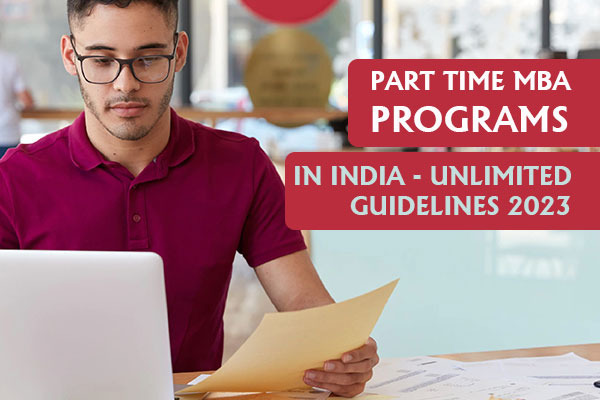From Preparation to Success: Essential Tips for MBA Entrance Exams
MBA Entrance Exam: Tips and Techniques
MBA stands for Master of Business Administration. The preparation journey starts in the final year of the bachelor's degree. Admissions to MBA programs across universities and colleges are based on entrance exams conducted annually. These entrance exams are standardized tests used by business schools to assess the aptitude and readiness of candidates to pursue an MBA degree. These exams typically evaluate various skills and abilities deemed essential for success in business education and leadership roles. These exams are either national-level, state-level, or university- or institute-level.
Here's a Brief Overview of Some Common MBA Entrance Exams
-
Common Admission Test (CAT): The CAT is specifically for admissions to the Indian Institutes of Management (IIMs) and other top business schools. It tests candidates' quantitative ability, data interpretation, verbal ability, and logical reasoning.
-
Xavier Aptitude Test (XAT): Conducted by XLRI Jamshedpur, the XAT is accepted by numerous management institutes. It assesses verbal ability, quantitative ability, data interpretation, decision-making, and general awareness.
-
Graduate Management Admission Test (GMAT): This is one of the most widely recognized entrance exams for MBA programs worldwide. It assesses integrated reasoning, analytical writing, and quantitative and verbal skills. The GMAT is accepted by thousands of business schools globally.
-
Management Aptitude Test (MAT): Conducted by the All India Management Association (AIMA), the MAT is accepted by many management institutes. It evaluates candidates' analytical and logical reasoning, language comprehension, mathematical skills, and general knowledge.
-
NMIMS Management Aptitude Test (NMAT): Administered by the Graduate Management Admission Council (GMAC), NMAT is accepted by Narsee Monjee Institute of Management Studies (NMIMS) and other business schools. It evaluates candidates' language skills, quantitative skills, and logical reasoning.
-
Common Management Admission Test (CMAT): CMAT is conducted by the National Testing Agency (NTA). It assesses candidates' logical reasoning, language comprehension, quantitative techniques and data interpretation, and general awareness.
MBA Entrance Exam Pattern
The pattern of MBA entrance exams varies depending on the specific exams, as various organizations and institutions administer several different ones. Sections on Verbal Ability and Reading Comprehension (VARC), Data Interpretation and Logical Reasoning (DILR), and Quantitative Ability (QA) are included in admission exams such as the CAT. The exam pattern for XAT usually includes sections on verbal and logical ability, decision-making, quantitative ability and data interpretation, and general knowledge.
MAT includes sections on language comprehension, mathematical skills, data analysis and sufficiency, intelligence and critical reasoning, and the Indian and global environment. The GMAT includes sections on analytical writing assessment, integrated reasoning, quantitative reasoning, and verbal reasoning. The CMAT exam pattern usually includes sections on quantitative techniques and data interpretation, logical reasoning, language comprehension, and general awareness.
MBA Entrance Preparation Tips
-
Understand the Exam Structure: Candidates need to familiarize themselves with the format, sections, and duration of the exam. Common MBA entrance exams include the GMAT, GRE, CAT, MAT, and XAT. Each exam has its own pattern, so understanding this is crucial.
-
Gather Study Material: Collect study materials such as textbooks, prep books, online resources, and sample papers specifically designed for the MBA entrance exam the candidates are targeting.
-
Focus on Basics: The candidates need to strengthen their basics in quantitative aptitude, verbal ability, logical reasoning, and data interpretation. This forms the foundation of their preparation.
-
Take Mock Tests: Mock tests simulate the actual exam environment and help candidates gauge their preparedness. The candidates should analyze their performance after each mock test to identify their strengths and weaknesses.
-
Work on Time Management: Time management is critical during the exam. Practice solving questions within the allotted time frame to improve speed and efficiency.
Read Also:
Mangalayatan University Jabalpur Madhya Pradesh
Sikkim Professional University
Top Courses
Updates
-

Part Time MBA Programs in India - Unlimited guidelines 2023
September 09, 2022 -

Can I Pursue a Part Time B.Tech after Getting My Diploma?
September 09, 2022 -

7 Best Universities Offering Part-time M.Tech
September 05, 2022 -

Best Part-time B Tech University/ Colleges In India?
June 28, 2022

